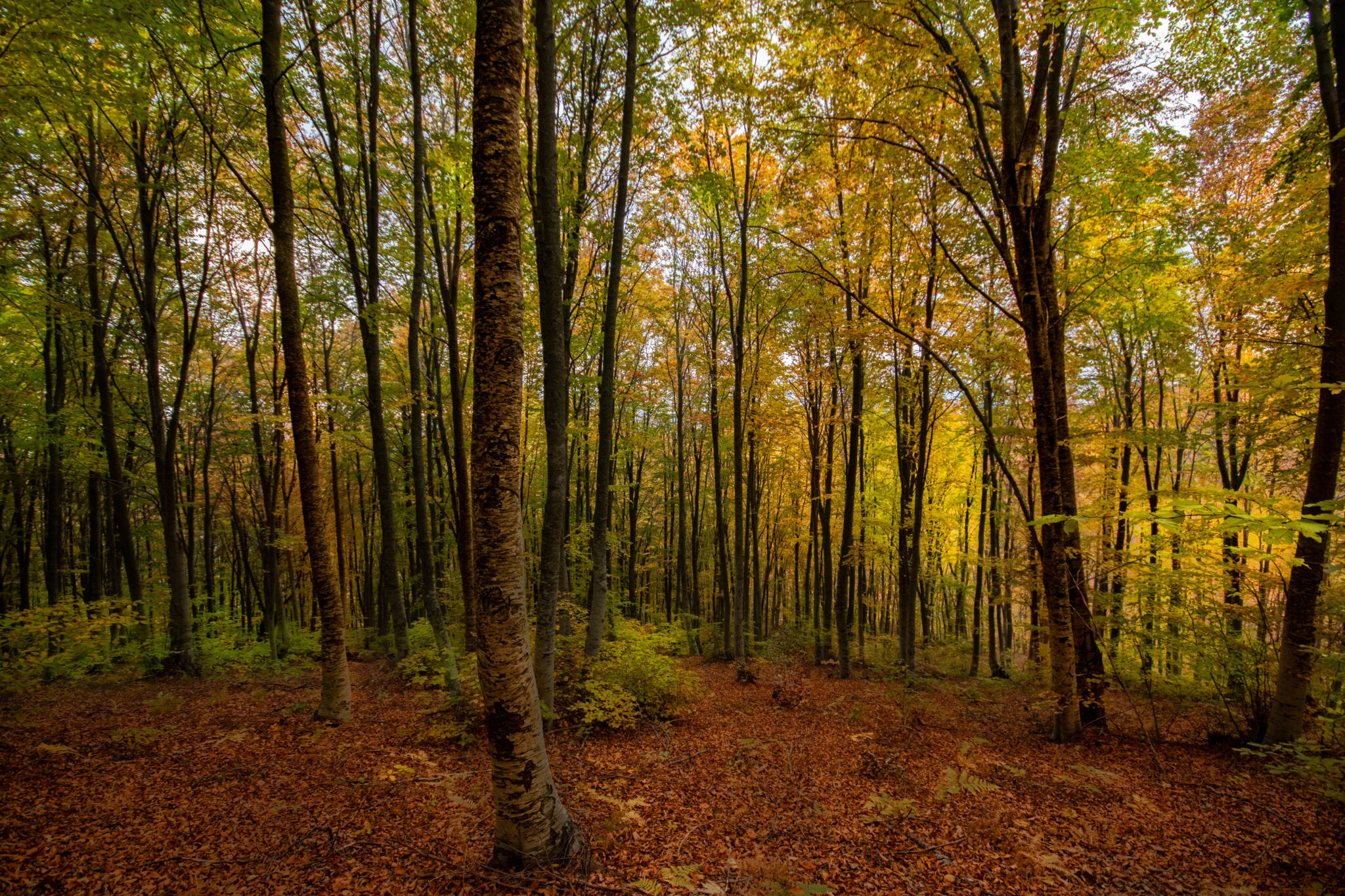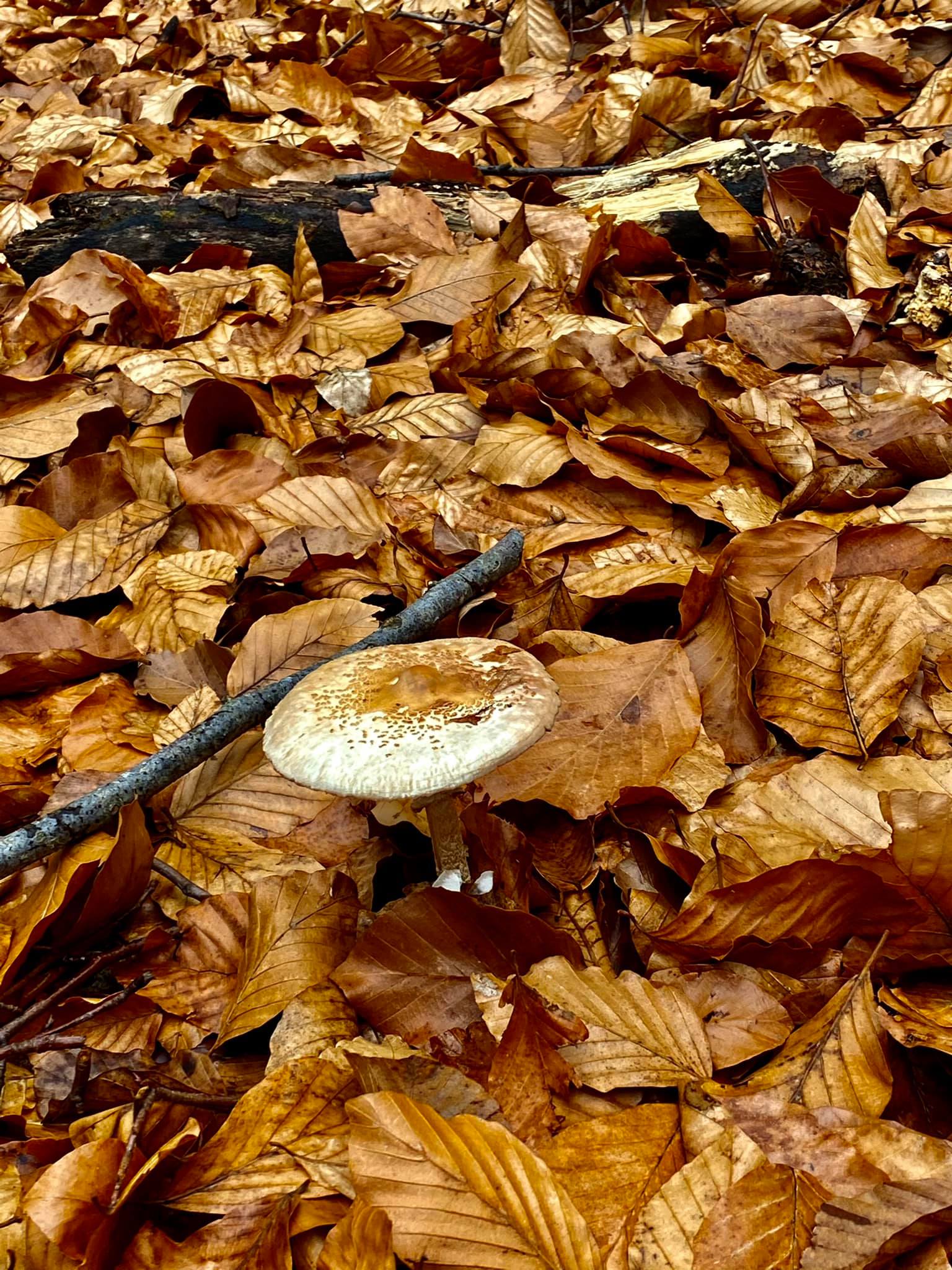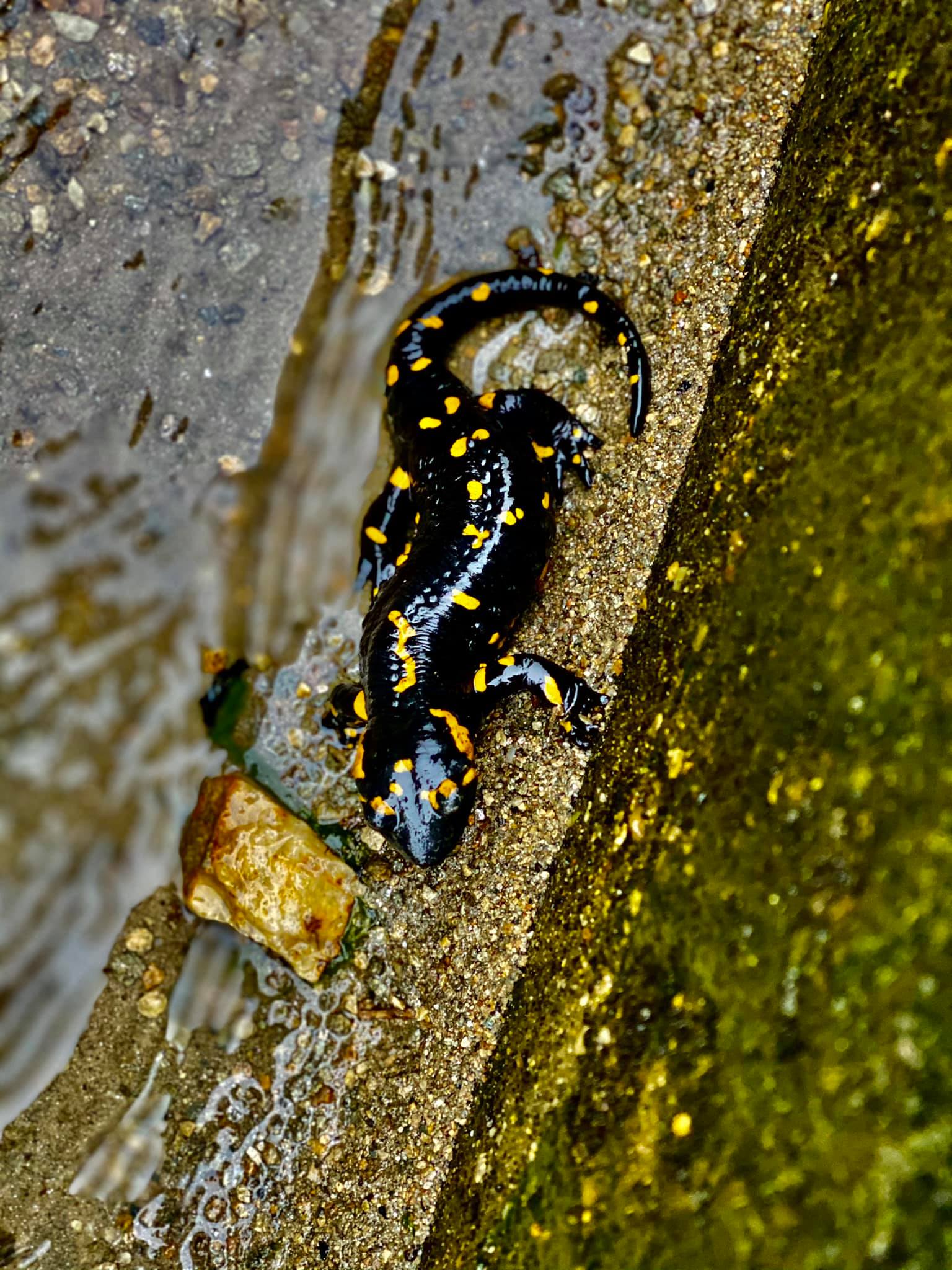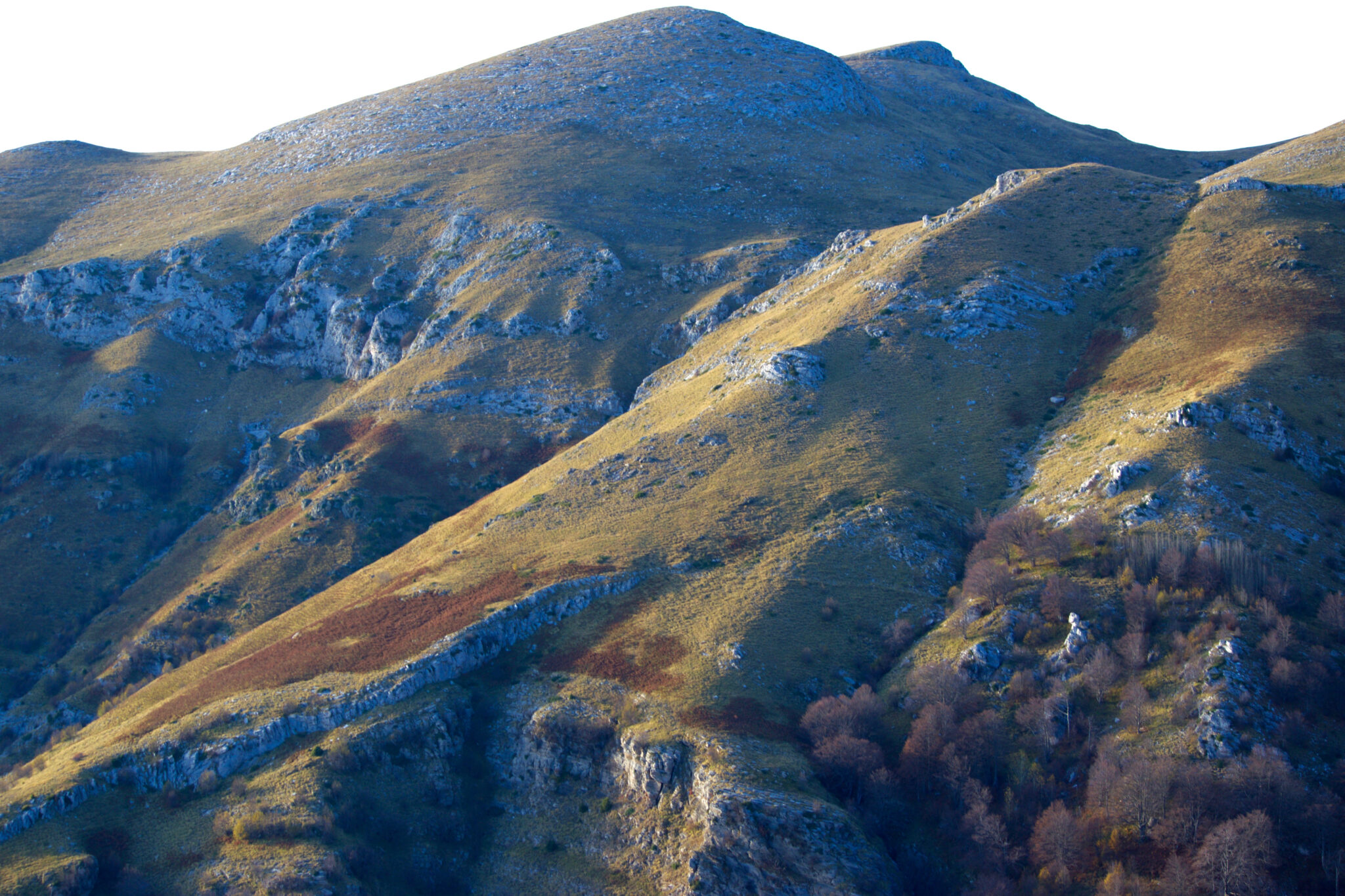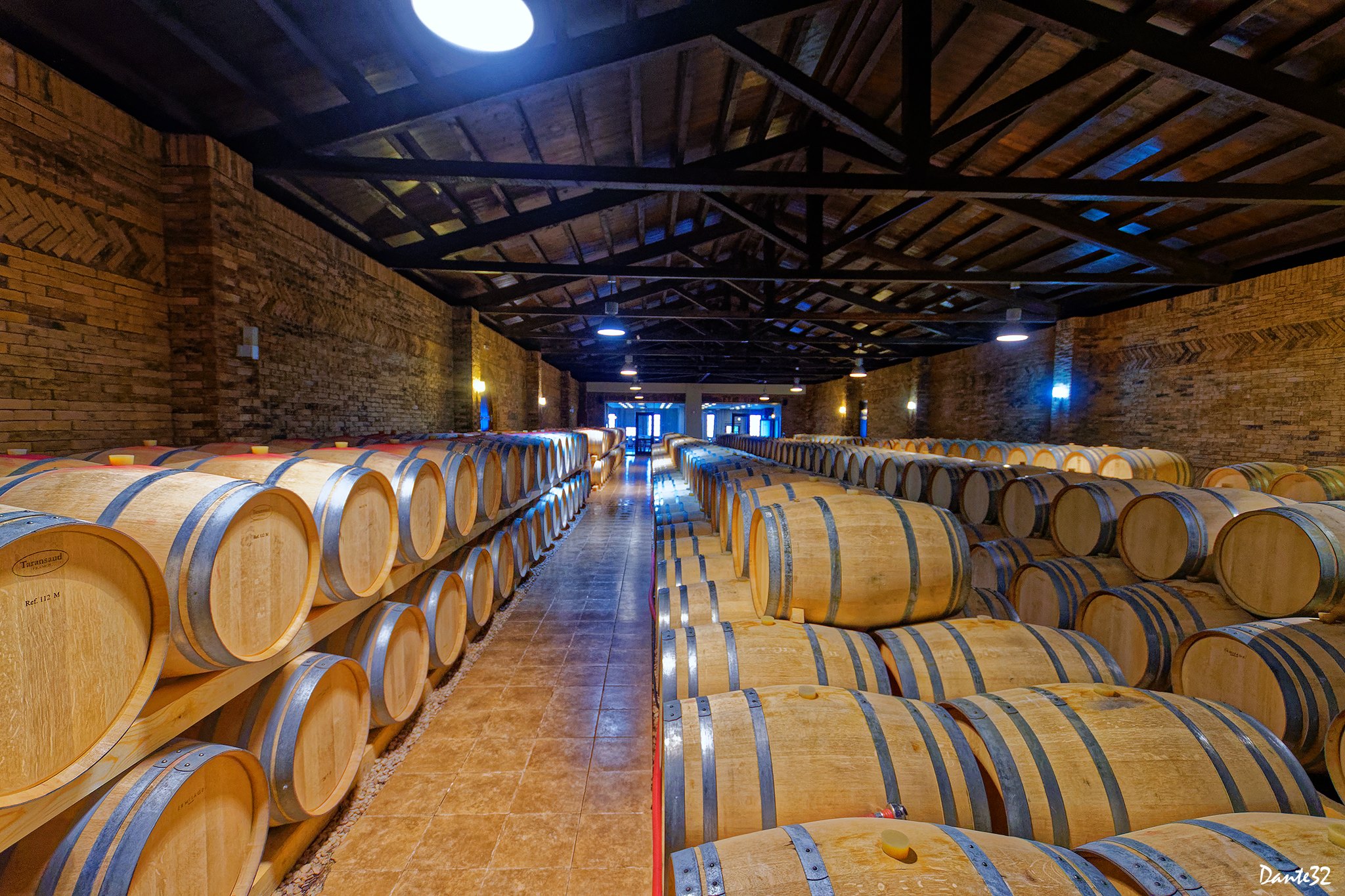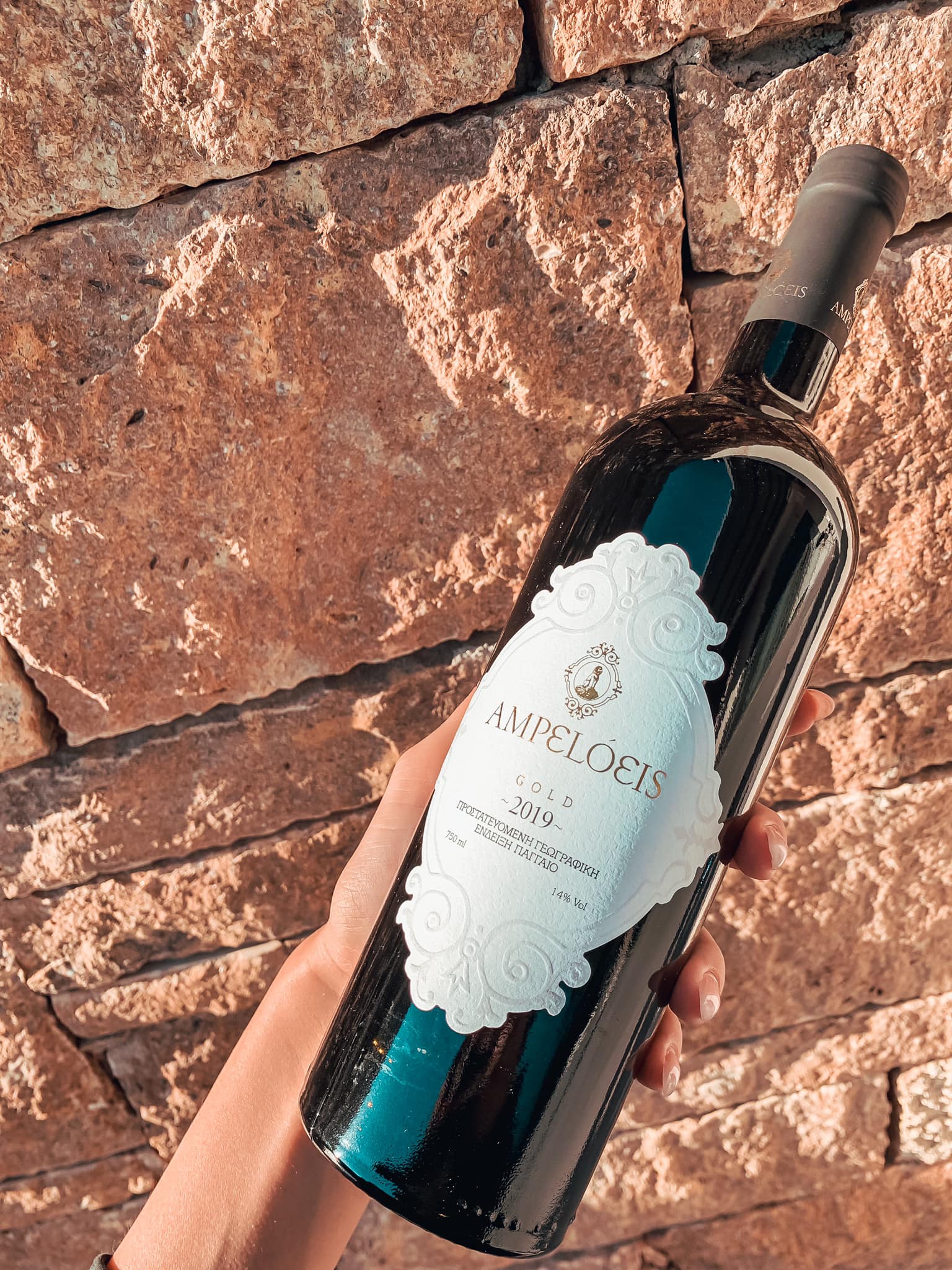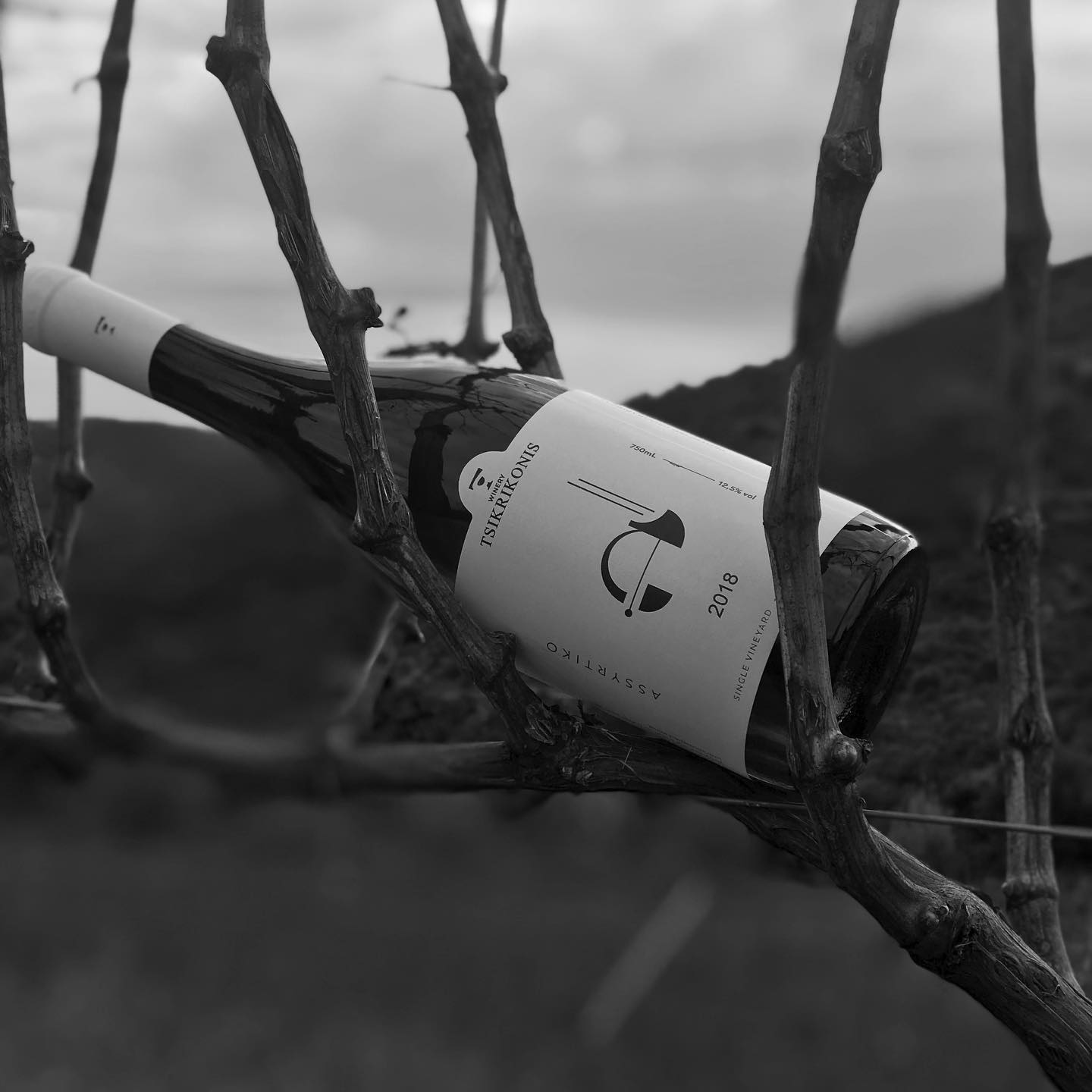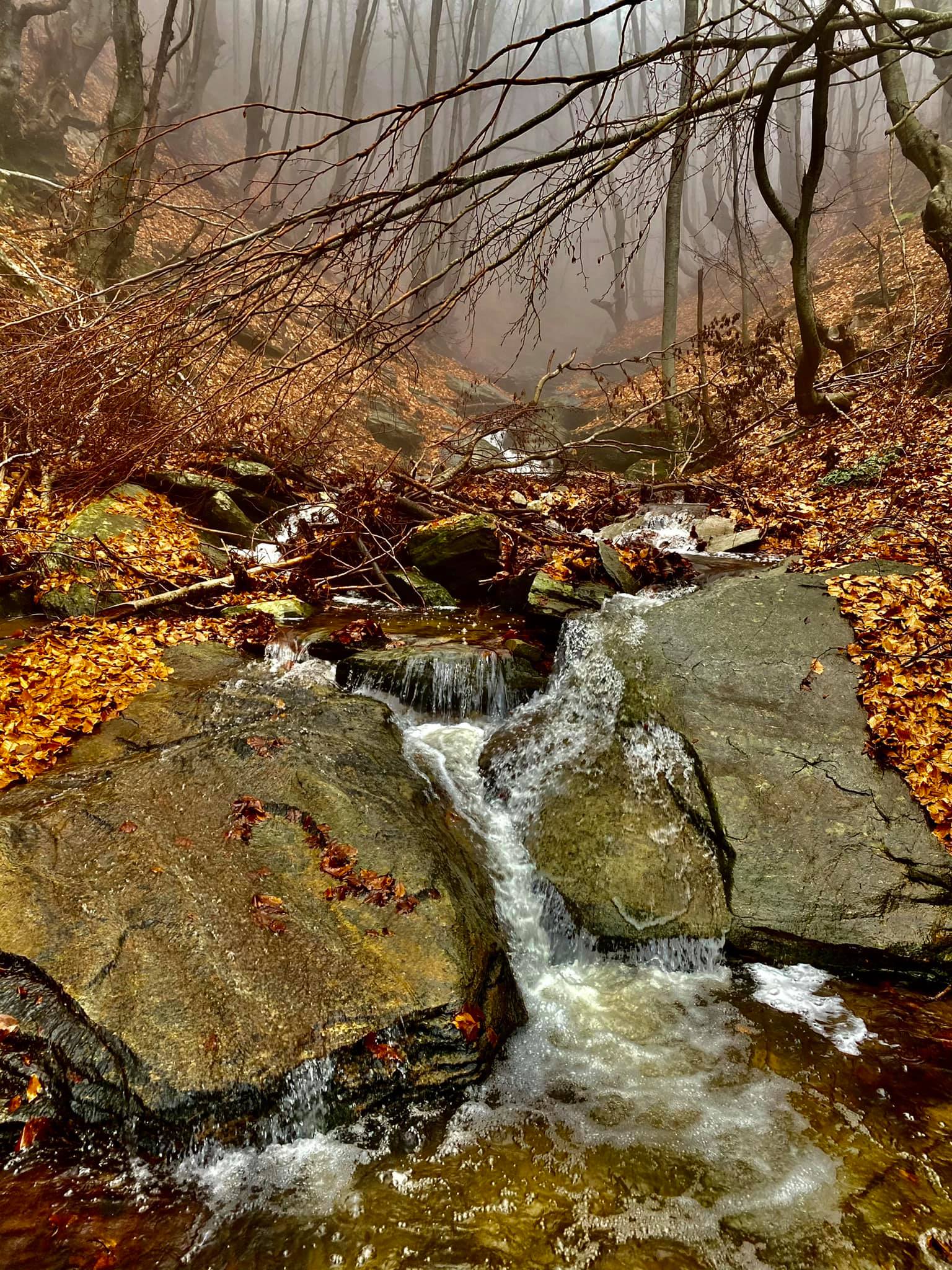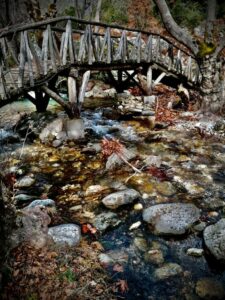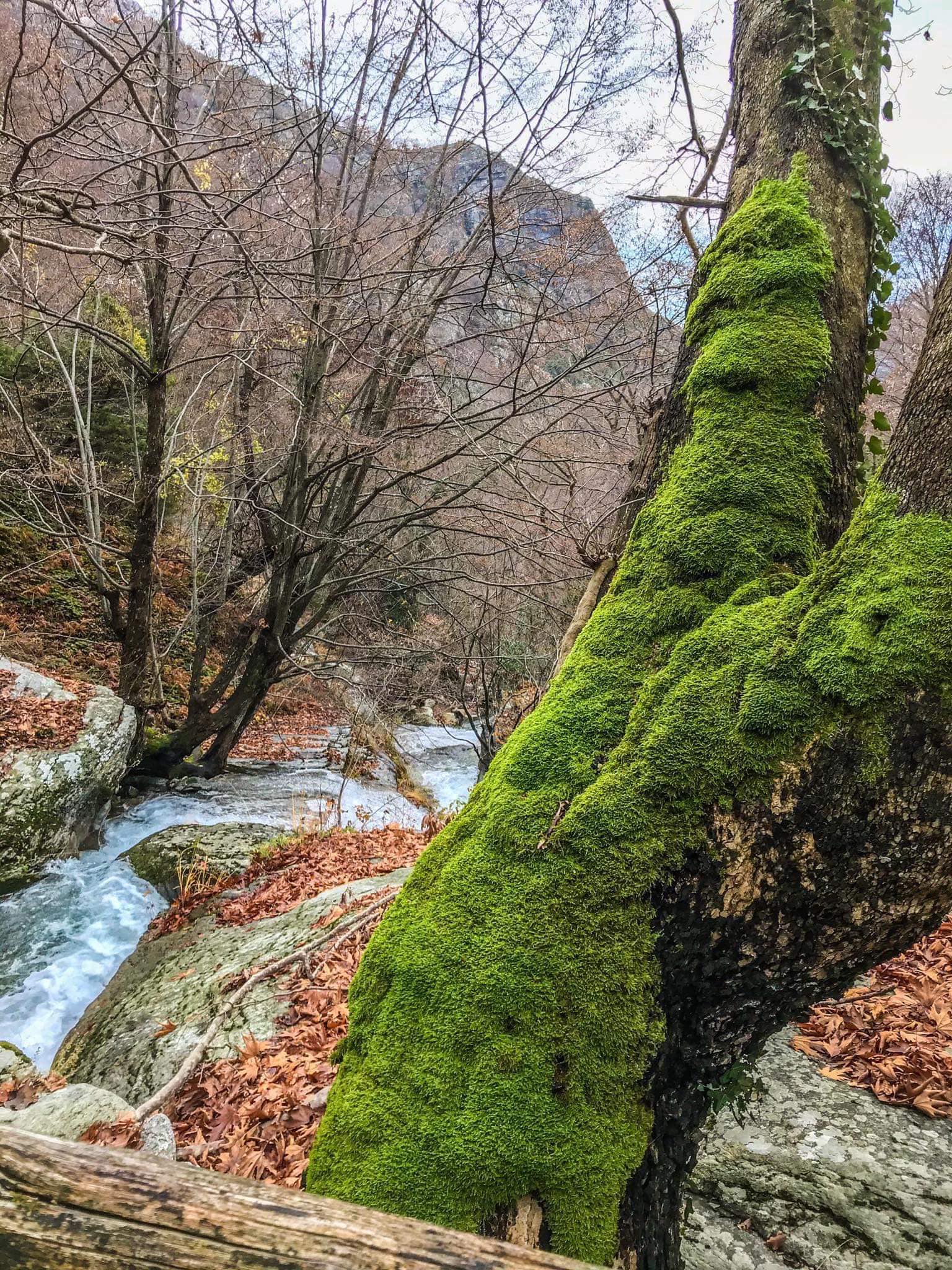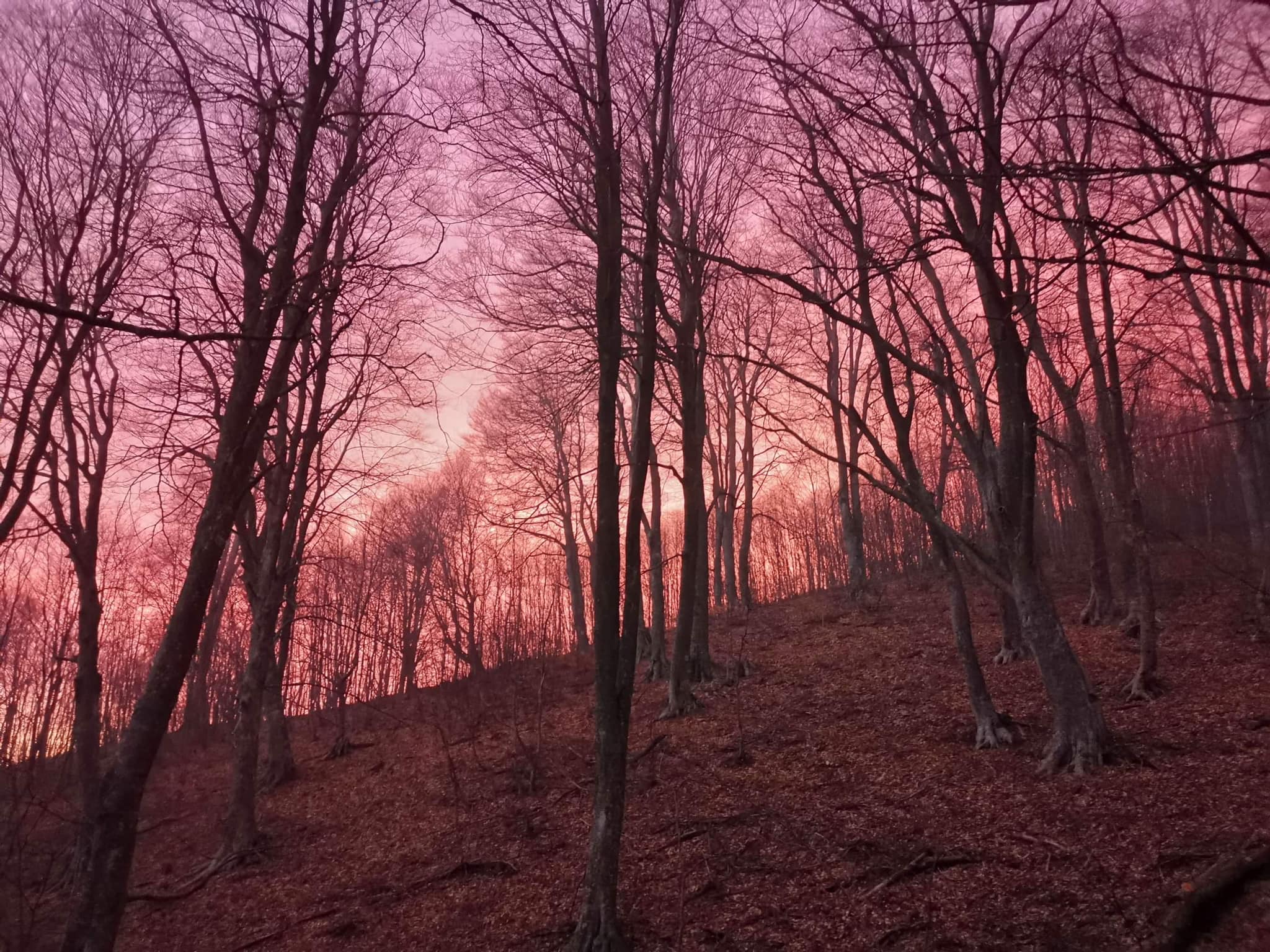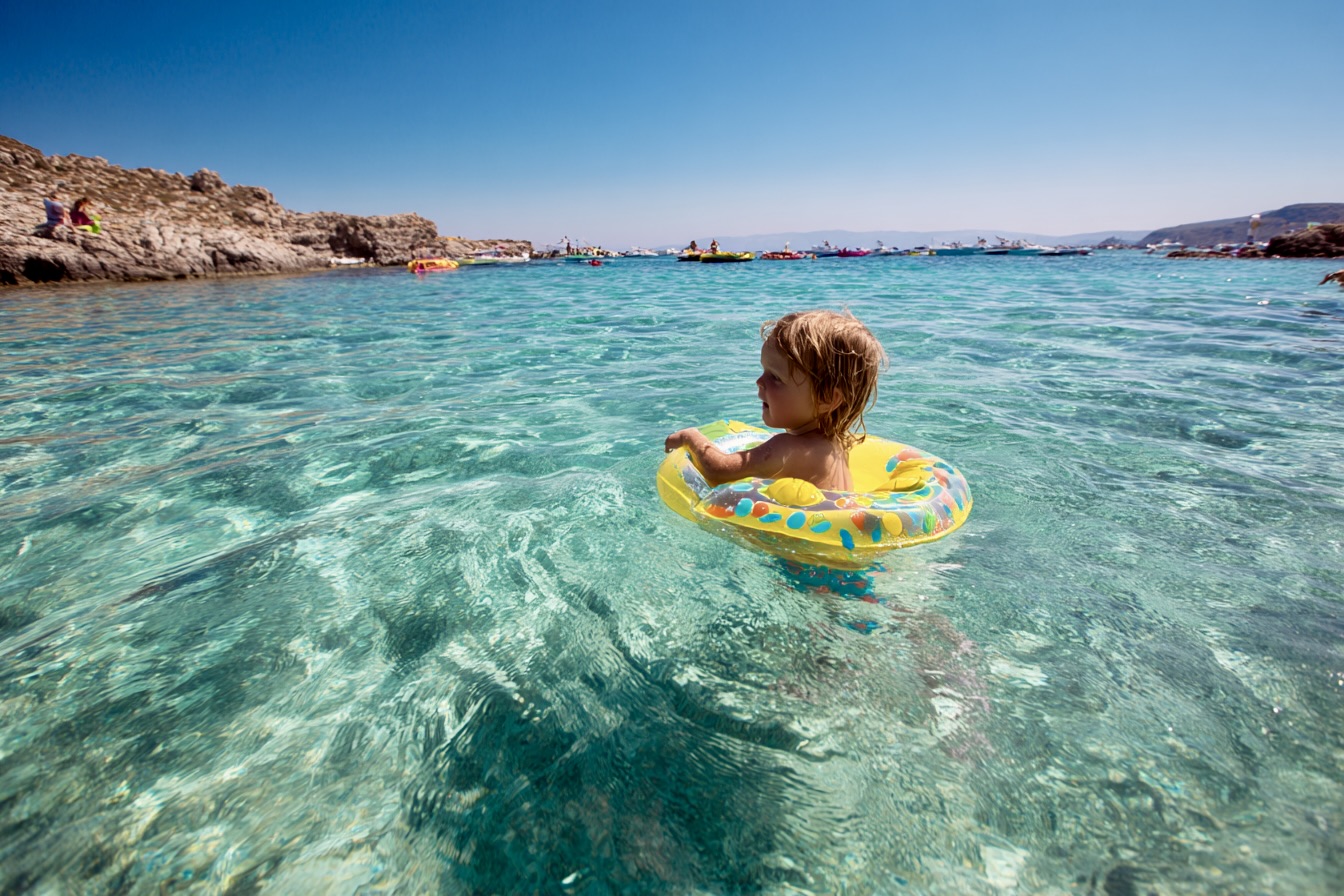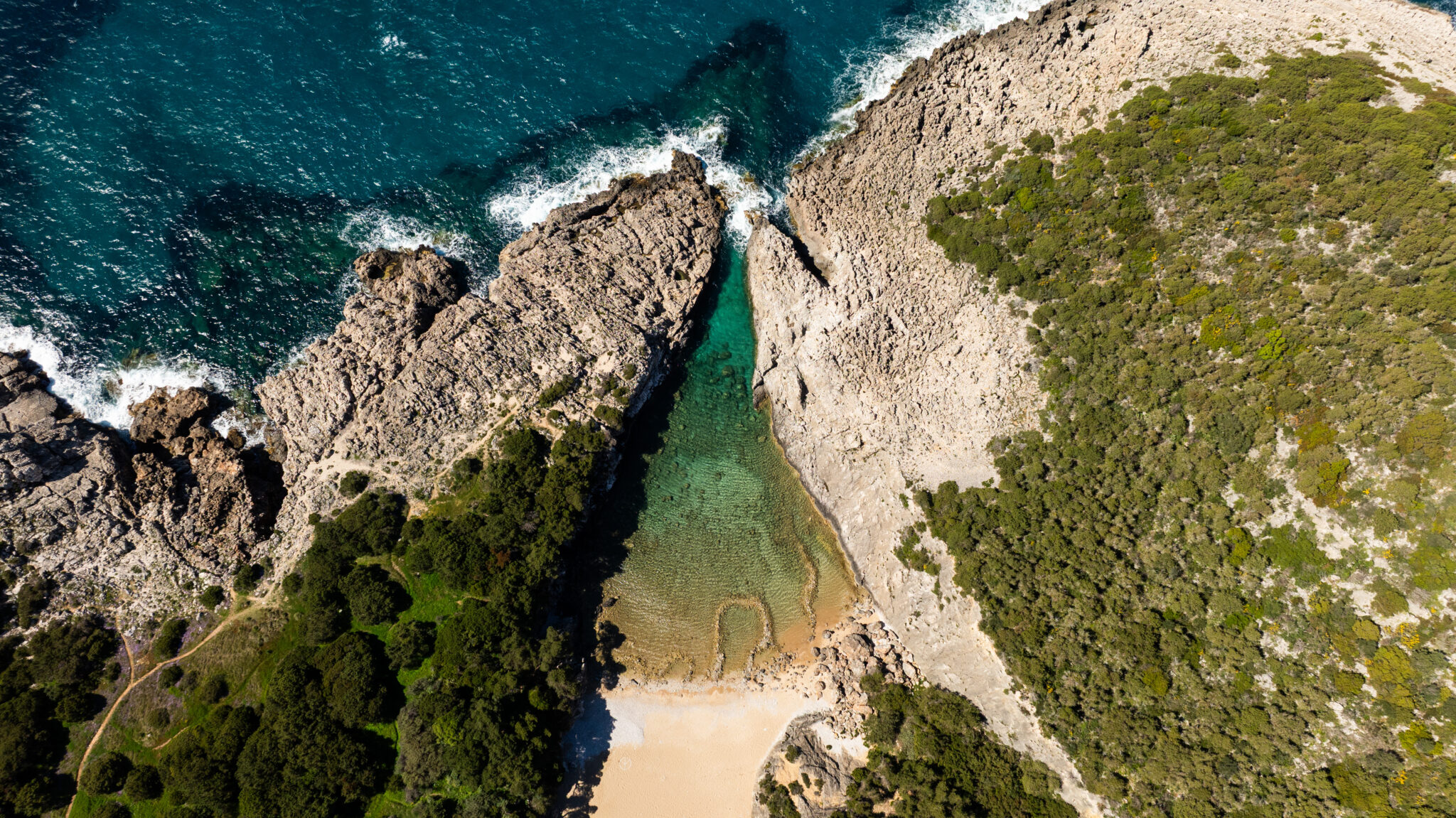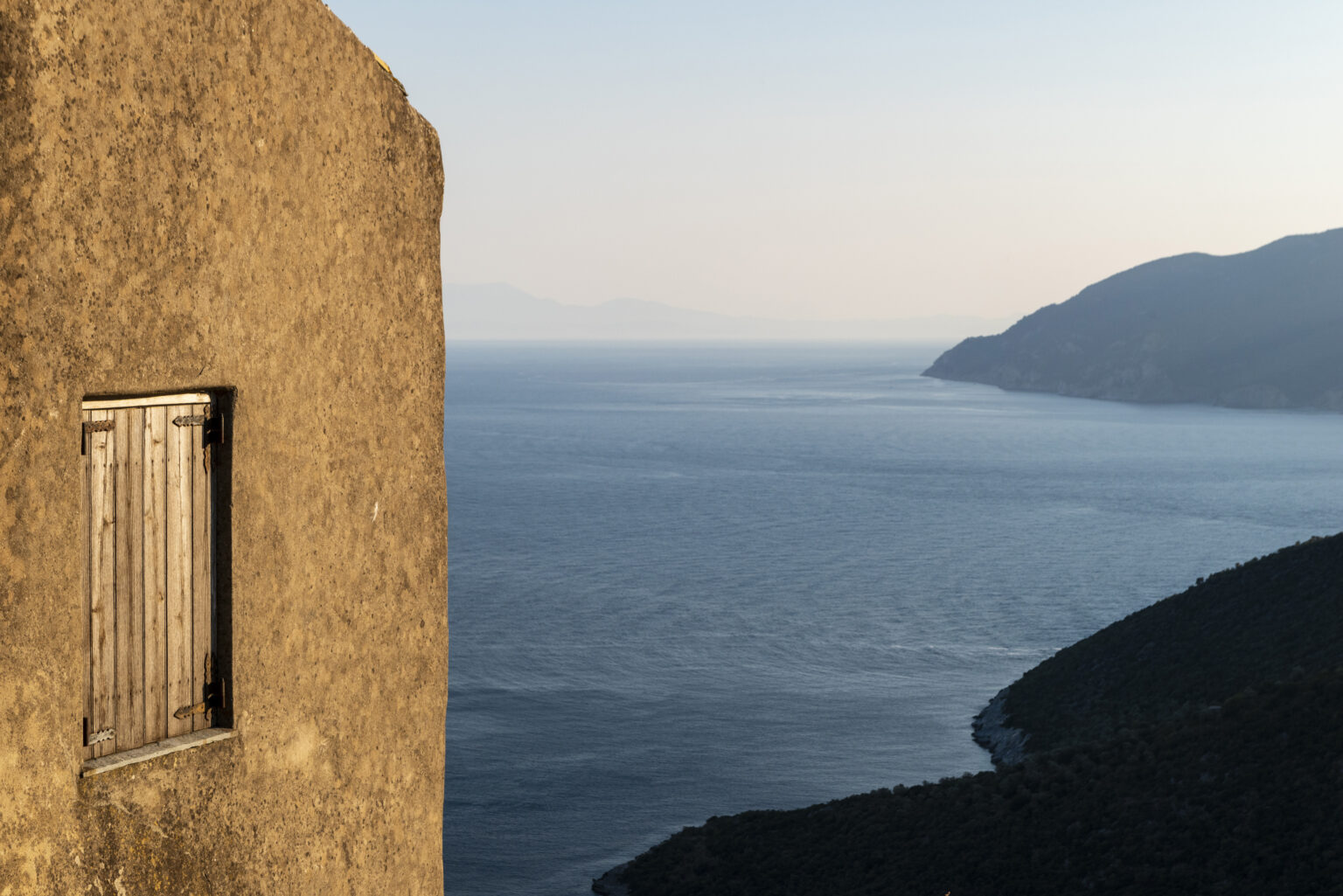Impressive and adventurous, the Paggaio Hills, a mountain range in the northwest of the Kavala region, northern Greece, is an ideal destination throughout the year. Renowned for its history and association with ancient mythology, this delightful setting of colour and scent is a modern era attraction. Traditional settlements dot the lush forests of the mountain area, whose ancient mines offered silver and gold deposits.
The area was named after Paggaios, son of Thracian war-god Ares and Kritovouli. According to mythology, the mountain area was home to Orpheus, the legendary hero endowed with superhuman musical skills, as well as Olympian god Dionysus, which explains the emergence, at this location, of the Dionysian Mysteries, ancient rituals involving the use of intoxicants for the removal of inhibitions.
This mountainous area reflects mankind’s strong bond with spirituality. Over the centuries, the Dionysian rituals of ecstasy gave way to Christian elements, as indicated by the old Panagia Iconofinissa monastery at the northern section of the mountain, 600 metres above sea level.
Stones, trees, water
The Paggaio forests feature beech, plane, fir, chestnut and oak trees. Its springs offer fresh mountain water, while the colour shades of the mountain’s slopes are its most fascinating aspect. Koznitsa, also known as Mati, at 1,956 metres, is the highest peak, followed by Pilaf Tepe, at 1,870 metres.
The mountain’s natural beauty is complemented by small traditional villages with stone houses and cobbled alleys. The dense vegetation and running waters at the Paggaio villages offers them distinctive character. It is worth checking Mesoropi for its imposing old houses, dating back to the 19th century. The arch bridges at Moustheni will impress, while, at Paleohori, the chestnut forest offers reinvigorating, beautifully scented fresh air.
The Paggaio coastal area, south of the mountain area, offers a large number of swimming spots for summer visitors and braver winter swimmers. Nea Peramos, Sarakina, Ofryni, and Nea Iraklitsa are among the best-known beaches in the area.
Appreciation of the local products is never a challenge! Paggaio produces exceptional olive oil and tsipouro. Definitely try the traditional amygdalota, almond-based biscuits. Other renowned local products include halva, tahini and pasta.
Quality wine through the ages
Paggaio is also a wine travel destination. The wider Kavala region has been renowned for the quality of its wines since antiquity. Paggaio’s twelve wineries produce PGI wines (protected geographical indication) of many varieties, including assyrtiko, roditis, malagouzia, Muscat of Alexandria and chardonnay.
The region’s wine richness is no surprise given the devotion to Dionysus at this mountain area during ancient times. Scorched grape seeds and peel from as far back as 6,500 years ago have reportedly been discovered close to the Philippi archaeological site.
Some of the wineries in the wider Kavala area are open to the public. They include Biblia Chora, Kelari Dialekto, Hatzigeorgiou Estate, Ampeloeis, and the Tsikrikonis Winery.
Stargazing, mountain biking and rock climbing
Paggaio is an ideal place for mountain activities. A ski resort is situated at Mati, the summit, while, slightly below, Dasiko Horio, in the Eleftheroupoli area, offers food and accommodation choices.
Besides skiing, the area is also popular for mountain climbing. Some routes lead all the way to the Mati summit as well as other peaks such as Dikorfo, Trikorfo, Avgo and Voskos. Mati, it should be noted, has lost much of its mountaineering appeal as a result of the installation of a TV and mobile phone tower.
Five Paggaio mountain refuges are available for overnight stays. The Stergios Hatzigeorgiou refuge, the most elevated, at 1,750 metres above sea level, can accommodate up to 60 guests. The other four are at altitudes of 1,650, 1,550, 1,200 and 1,000 metres.
If hesitant to head up the slopes without experts, contact any of the Kavala mountaineering clubs, whose members, responsible for signposting the Paggaio trails, know the routes well. Avli is the best-known trail of the mountain, while Eikosifoinissa is the most impressive. Rodolivous, another appealing route, crosses the mountain ridge. Running water is the main feature of the Mesoropi trail. Mavra Nera and Proti are both appropriate trail choices for beginners. Rock climbing enthusiasts can climb the mountain’s vertical rocks or castle towers.
Paggaio is also a popular mountain biking destination courtesy of its well-suited landscape, offering many routes of great variety. Traditional villages encircling the mountain are good for mountain biking beginners. Advanced bikers may test their abilities along more challenging yet beautiful and reinvigorating courses; trails crossing through water and trees.
The area is also ideal for stargazing at night, if seeking something different, as well as cave exploration. If opting for the latter, check out the Askitotrypa cave, along the Eikosifoinissa trail. This cave served as a refuge for ascetics many centuries ago. Their names may be seen carved into the walls, along with dates.



